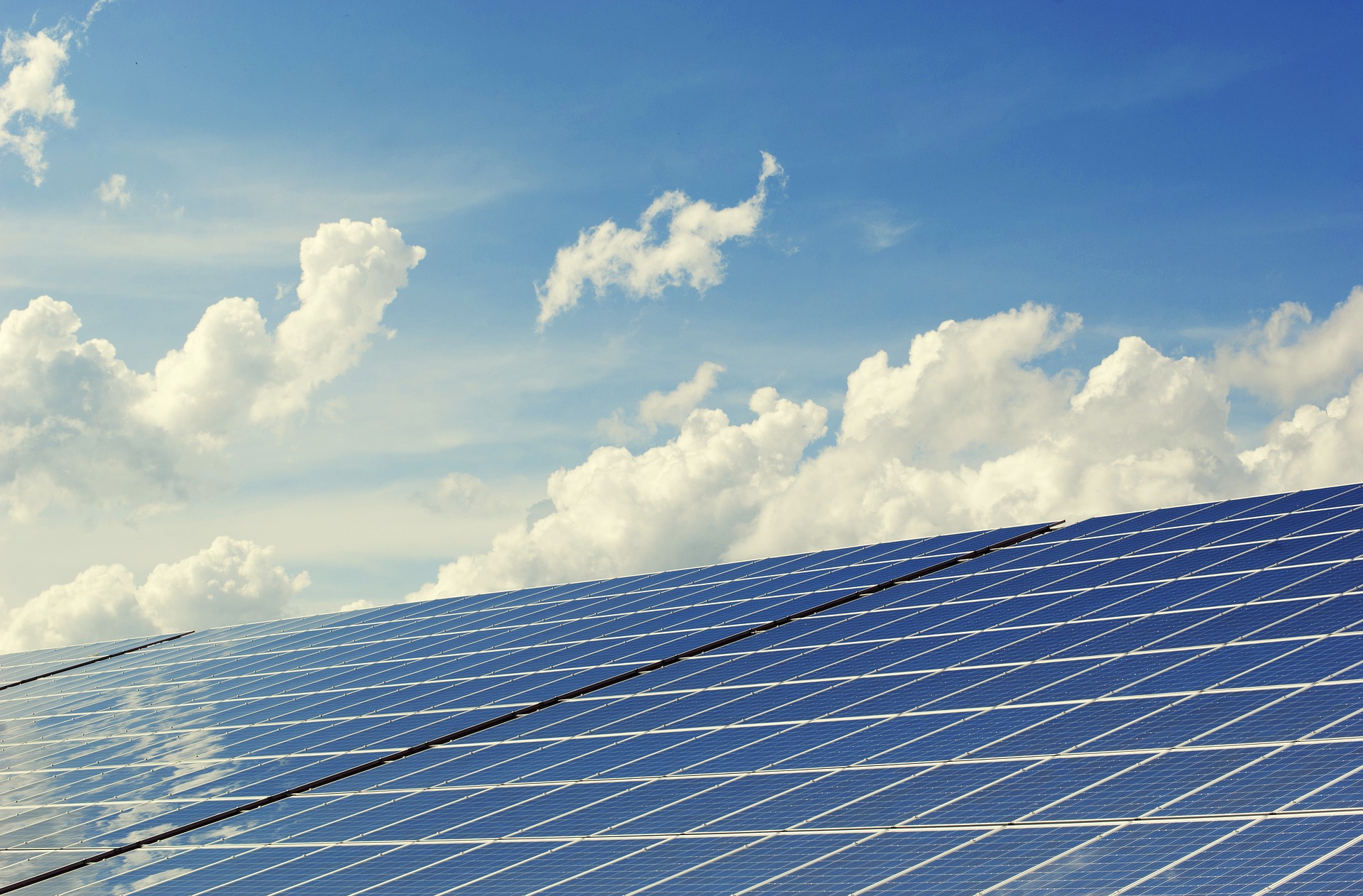
Singapore – Singapore has unveiled one of the world’s largest floating solar panel farms, to substantially help reduce its CO2 emissions.
The solar project is part of a goal to quadruple solar energy production by 2025 and make its water system entirely powered by renewable energy.
Some experts believe that the solar farm’s reduction of carbon emissions could be equivalent to taking 7000 cars off the road.
Singapore’s national water agency carried out an assessment which ensured the project wouldn’t affect water or wildlife quality.
The country has just unveiled one of the world’s largest floating solar panel farms, spanning an area equivalent to 45 football fields and producing enough electricity to power the island’s five water treatment plants.
The project is part of efforts by the land-scarce Southeast Asian city-state to meet a goal of quadrupling its solar energy production by 2025 to help tackle climate change.
Located on a reservoir in western Singapore, the 60 megawatt-peak solar photovoltaic (PV) farm has been built by a wholly-owned subsidiary of Sembcorp Industries.
As opposed to conventional rooftop solar panels, floating ones perform between five to 15 percent better because of the cooling effect of the water, and are not impacted by shading from other buildings, according to a presentation on the project.
The electricity generated from the 122,000 floating solar panels on the 45-hectare site should make Singapore one of the few countries in the world to have a water treatment system fully powered by sustainable energy.
To allay concerns about the environmental impact of such projects, an assessment was conducted before installing the solar panels to ensure there was no significant impact on wildlife or to water quality.
It was carefully designed to improve airflow and allow sunlight passing through the water to reach aquatic life.
The solar panels are designed to last for 25 years and drones will be used to assist with maintenance.
Currently, there are four other floating solar panel projects underway in Singapore.
The cost of renewable technologies like wind and solar is falling significantly, according to a new report.
This is fuelling the rise of renewables as the world’s cheapest source of energy. The cost of large-scale solar projects has plunged 85 percent in a decade.
Retiring costly coal plants cuts around three gigatonnes of CO2 a year.
Renewables are now significantly undercutting fossil fuels as the world’s cheapest source of energy, according to a new report.
Of the wind, solar and other renewables that came on stream in 2020, nearly two-thirds were cheaper than the cheapest new fossil fuel, according to the International Renewable Energy Agency.
Cheaper renewables give developed and developing countries a compelling reason to phase out coal while meeting growing energy demands, saving costs and adding jobs.



